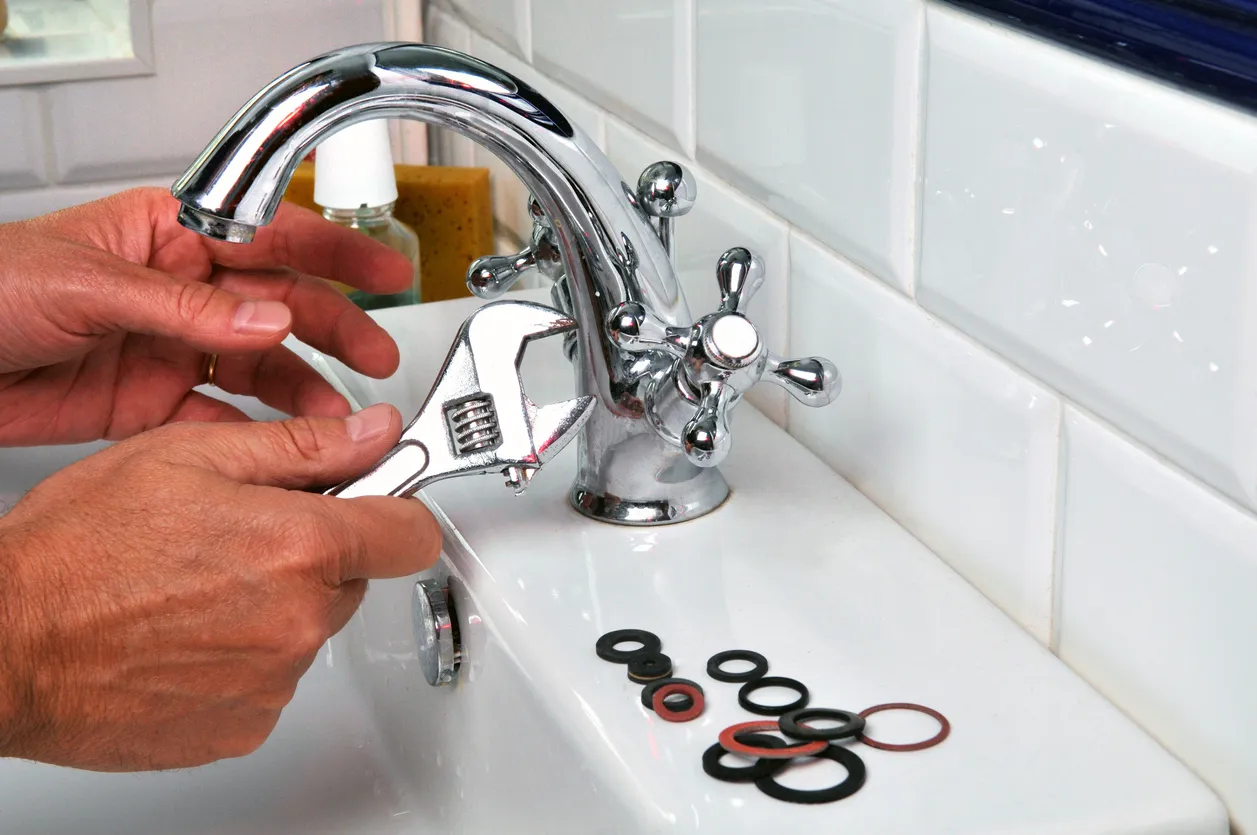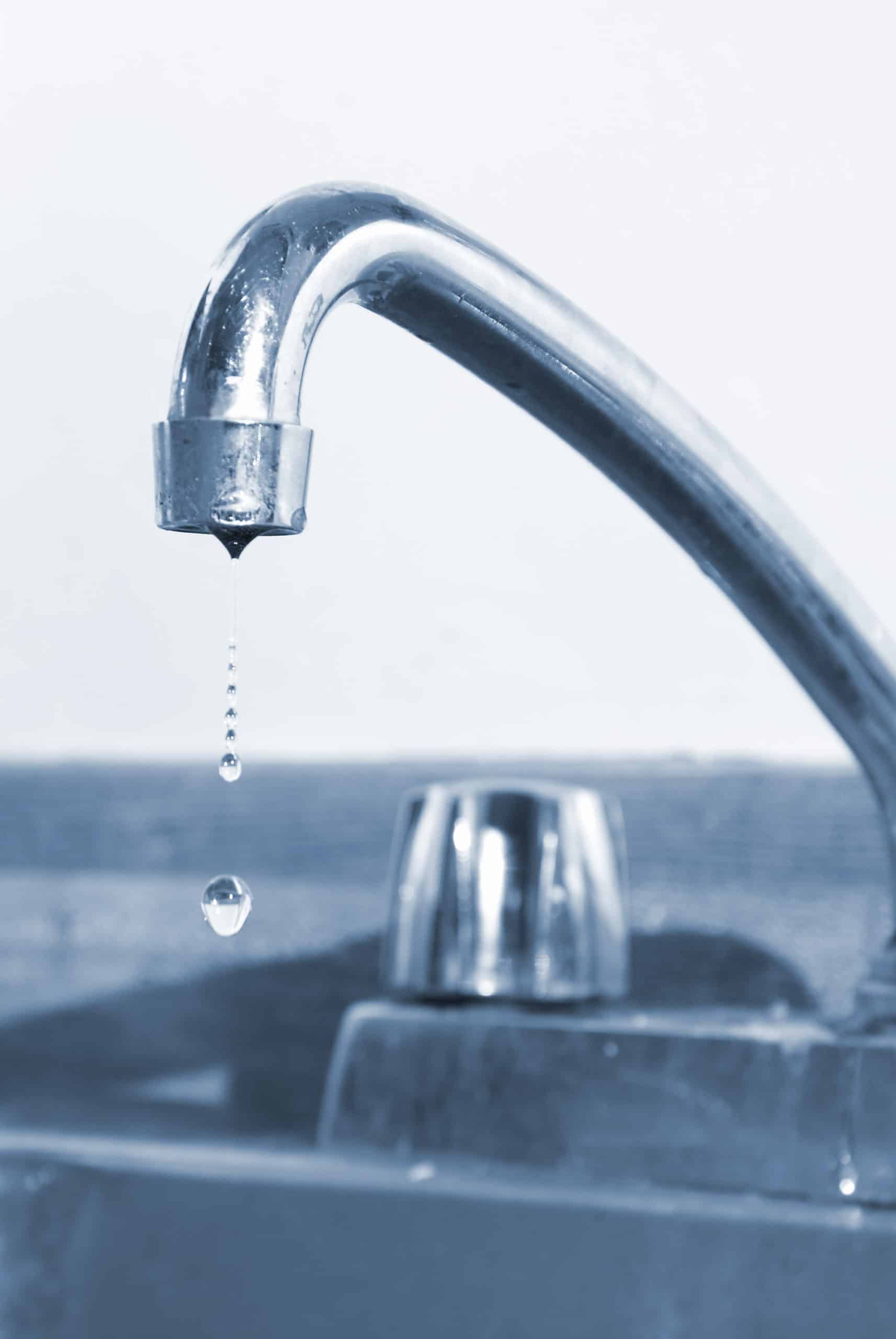How do you feel in regards to Should I Repair or Replace a Leaky Faucet??

Leaking taps could look like a minor inconvenience, but their impact surpasses just the nuisance of the sound. From wasting water to incurring unneeded financial expenses and health dangers, neglecting a leaking tap can bring about numerous consequences. In this short article, we'll delve into why it's crucial to address this usual house concern promptly and efficiently.
Waste of Water
Ecological Effect
Trickling faucets add dramatically to water wastefulness. According to the Environmental Protection Agency (EPA), a single faucet dripping at one drip per secondly can throw away more than 3,000 gallons of water each year. This not only pressures water sources but additionally affects ecological communities and wild animals dependent on them.
Financial Prices
Increased Water Expenses
Past the environmental influence, dripping taps can inflate water costs significantly. The accumulated wastefulness with time converts into higher energy costs, which could have been avoided with prompt repair work.
Potential Home Damages
Furthermore, prolonged trickling can result in harm to fixtures and surface areas surrounding the tap. Water build-up can cause discoloration, deterioration, and even architectural problems if left neglected, leading to added repair service costs.
Wellness Issues
Mold And Mildew and Mildew Development
The continuous existence of moisture from a leaking tap produces an ideal setting for mold and mold growth. These fungi not just endanger interior air quality but also position wellness threats, particularly for individuals with respiratory conditions or allergic reactions.
Waterborne Illness
Stationary water in dripping faucets can become a breeding ground for germs and other pathogens, increasing the risk of waterborne diseases. Impurities such as Legionella germs flourish in stationary water, possibly leading to serious diseases when consumed or inhaled.
Do it yourself vs. Professional Repair
Advantages and disadvantages of DIY Repair Work
While some might attempt to take care of a dripping faucet themselves, DIY repair services include their very own set of obstacles. Without proper understanding and tools, do it yourself attempts can exacerbate the concern or result in insufficient repair work, lengthening the problem.
Advantages of Hiring a Specialist Plumber
Working with a professional plumber ensures that the underlying source of the trickling faucet is attended to properly. Plumbing technicians have the knowledge and equipment to identify and repair tap concerns efficiently, conserving time and minimizing the risk of further damages.
Step-by-Step Overview to Taking Care Of a Dripping Faucet
Tools Called for
Before trying to repair a leaking tap, collect the necessary tools, consisting of a flexible wrench, screwdrivers, replacement components (such as washers or cartridges), and plumber's tape.
Usual Tap Issues and Their Solutions
Identify the type of tap and the details issue causing the drip. Common troubles consist of worn-out washers, rusty shutoff seats, or defective O-rings. Refer to supplier guidelines or on-line tutorials for detailed advice on repair services.
Preventive Measures
Regular Maintenance Tips
To prevent trickling taps, execute regular maintenance such as cleansing aerators, evaluating for leakages, and changing worn-out components without delay. In addition, consider setting up water-saving gadgets or updating to more reliable components.
Significance of Prompt Fixes
Attending to leaking faucets as soon as they're seen protects against additional water wastage and potential damage, ultimately conserving both water and cash over time.
Impact on Home Value
Understanding of Well-Maintained Residential Property
Maintaining a home in good condition, including addressing upkeep concerns like dripping taps, improves its regarded value and worth among possible purchasers or occupants.
Impact on Resale Value
Features with well-maintained plumbing components, consisting of taps, command greater resale worths in the real estate market. Addressing trickling taps can add to a favorable impression throughout residential property inspections and settlements.
Ecological Responsibility
Private Payment to Conservation
Taking obligation for dealing with dripping faucets lines up with more comprehensive initiatives towards water conservation and ecological sustainability. Every individual's actions collectively make a considerable effect on protecting valuable sources.
Lasting Living Practices
By focusing on timely repair services and embracing water-saving routines, people add to lasting living practices that benefit both present and future generations.
Conclusion
Dealing with a trickling faucet exceeds plain benefit; it's a necessary step towards conserving water, reducing monetary costs, and guarding wellness and residential property. Whether through do it yourself repairs or professional aid, taking action to fix trickling taps is a little yet impactful way to advertise responsible stewardship of resources and add to a much healthier, extra lasting future.
How to Fix a Leaky Faucet: Step-by-Step Repair Guide
A leaky faucet may seem like a simple annoyance, but if it's not fixed promptly, that leak could cost hundreds to potentially thousands. From water damage to mold, mildew, and high water bills, even a tiny leak can be catastrophic if left unattended. Damage like this can even affect the overall value of your home, so it's important to take the right approach for leaky faucet repair. You may need the help of a plumber in some cases, but we've got a few tips you can try on how to fix a leaky faucet before calling the pros.
Four Faucet Types
When you're learning how to fix a leaky faucet, the first step is knowing what kind of faucet you're working with! There are four common types.
Cartridge Faucets
Cartridge faucets come in one- or two-handled varieties. In one-handled cartridge faucets, hot and cold water combines in a single cartridge. In the two-handled versions, hot and cold water are controlled separately and mixed in the faucet.
Ball Faucets
Ball faucets have a single lever you push up and down to adjust the pressure and rotate to change the temperature. A slotted metal ball controls the amount of water allowed into the spout.
Compression Washer Faucets
They're the oldest type of faucet, but they're still used in many homes — especially older ones. Compression faucets have two separate handles that, when turned, raise or lower the washer that seals a water valve. This valve stops water from flowing through the faucet when it is turned off.
Disc Faucets
Disc faucets rarely need to be repaired due to their maintenance-free design. The water flow is controlled by two discs — the upper one raises and lowers against a fixed lower disc, creating a watertight seal. If your disc faucet starts leaking, you may need to replace the seals or clean residue buildup from the inlets.
Fixing a Leaky Faucet
Step 1: Turn Off the Water
Whether you're learning how to fix a leaky bathtub faucet or how to fix a leaky kitchen faucet, always turn off the water supply to your working area when you're fixing a leak. The last thing you want is a flood added to your list of things to fix.
Look for the shutoff valves below your sink or around the tub and turn them clockwise to stop the water flow. If your faucet doesn't have shutoff valves, you may need to turn off the water for the whole house. Check to make sure it's off by turning the faucet on. If nothing comes out, you're ready to start the repair.
Step 2: Take Apart the Faucet
How you disassemble your faucet depends on the type of fixture you have. You can use a flathead screwdriver to remove the caps on top of the handle or handles for cartridge and compression faucets. Inside, you should see handle screws. Unscrew these with a screwdriver to remove the handle.
Disc- and ball-style faucets will typically have an inlet screw near the handle, and removing that will reveal the interior of the faucet.
Detach the Valve Stem
For cartridge- and compression-style faucets, you'll see the inner valve stem or cartridge once you remove the faucet handles. If you have a compression faucet, unscrew the brass valve stem. If you have a cartridge faucet, pull out the cartridge. If your cartridge has been in place for a while, it may require some tools or extra force to remove it due to mineral deposits.
Examine and Replace Parts
Once you've removed the parts, check them out to confirm what needs to be replaced. You may see corroded rubber washers, O-rings, stems, or cartridges. On a ball-style faucet, check the seats and springs for damage.
If you need to repair a leaky disc faucet, check the inlet and seals on the lower disc.
Once you determine what parts must be replaced, visit your local hardware store. Bring the damaged parts with you to ensure you can purchase the correct components to replace them.
Clean Valves and Faucet Cavity
If you've removed a stem or cartridge, you may notice mineral buildup in the faucet's threads. Use white vinegar to clean the valve seat by soaking it for a few minutes, then scrub it away with a soft toothbrush and rinse with warm water. You can also clean the interior of the faucet in the same way.
Reassemble the Faucet
Once your faucet is cleaned and the required parts have been replaced, it's time to reassemble it. Put the pieces back together and slowly turn the water supply back on. Doing this slowly is crucial because too much initial water pressure can damage the new hardware you've just installed.
https://homewarranty.firstam.com/blog/how-to-fix-leaky-faucet

I'm just very eager about Water Dripping from Faucet: Why and How to Fix and I really hope you enjoyed reading the page. Make sure you take a moment to distribute this blog entry if you enjoyed it. I praise you for your time. Don't hesitate to come visit our website back soon.